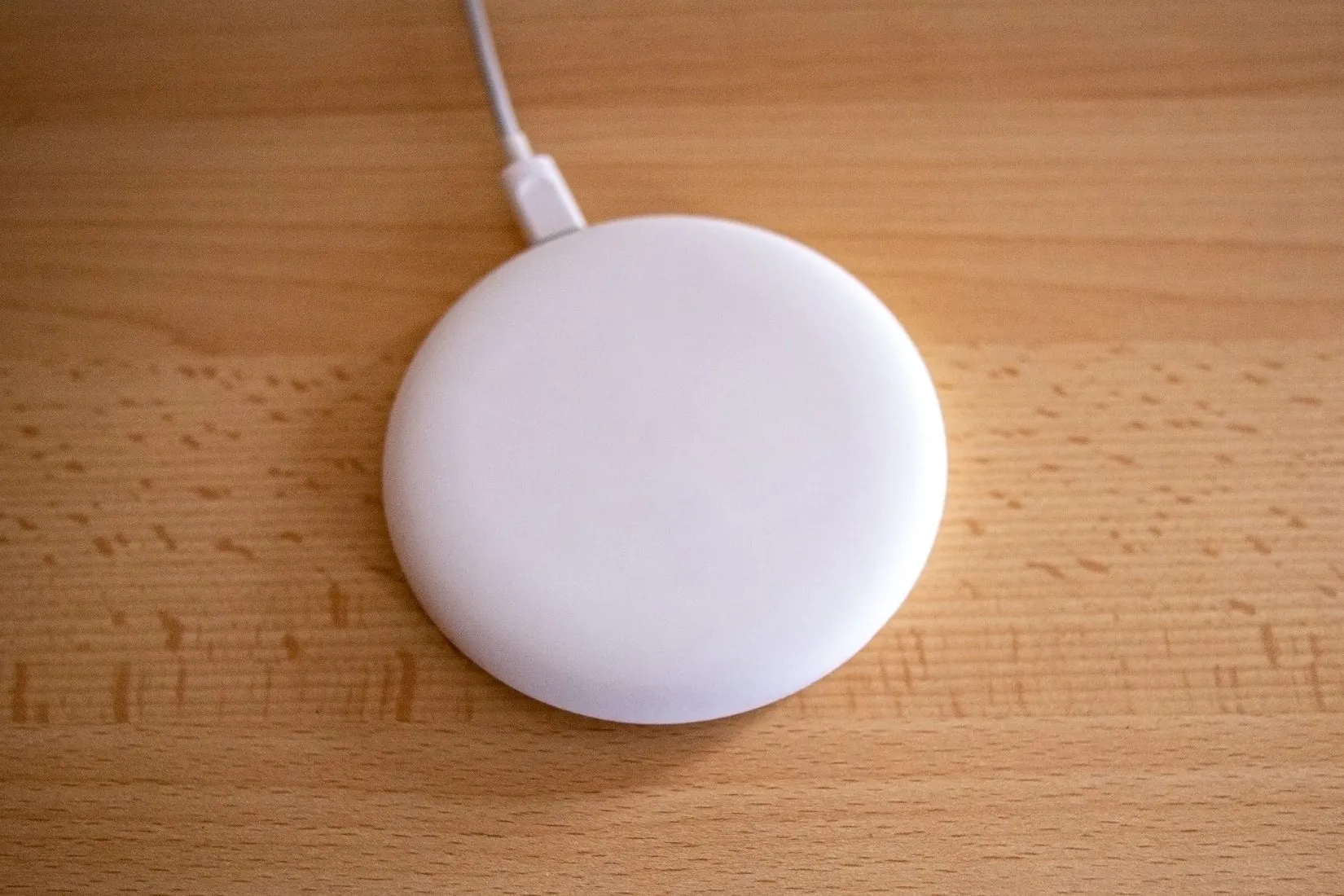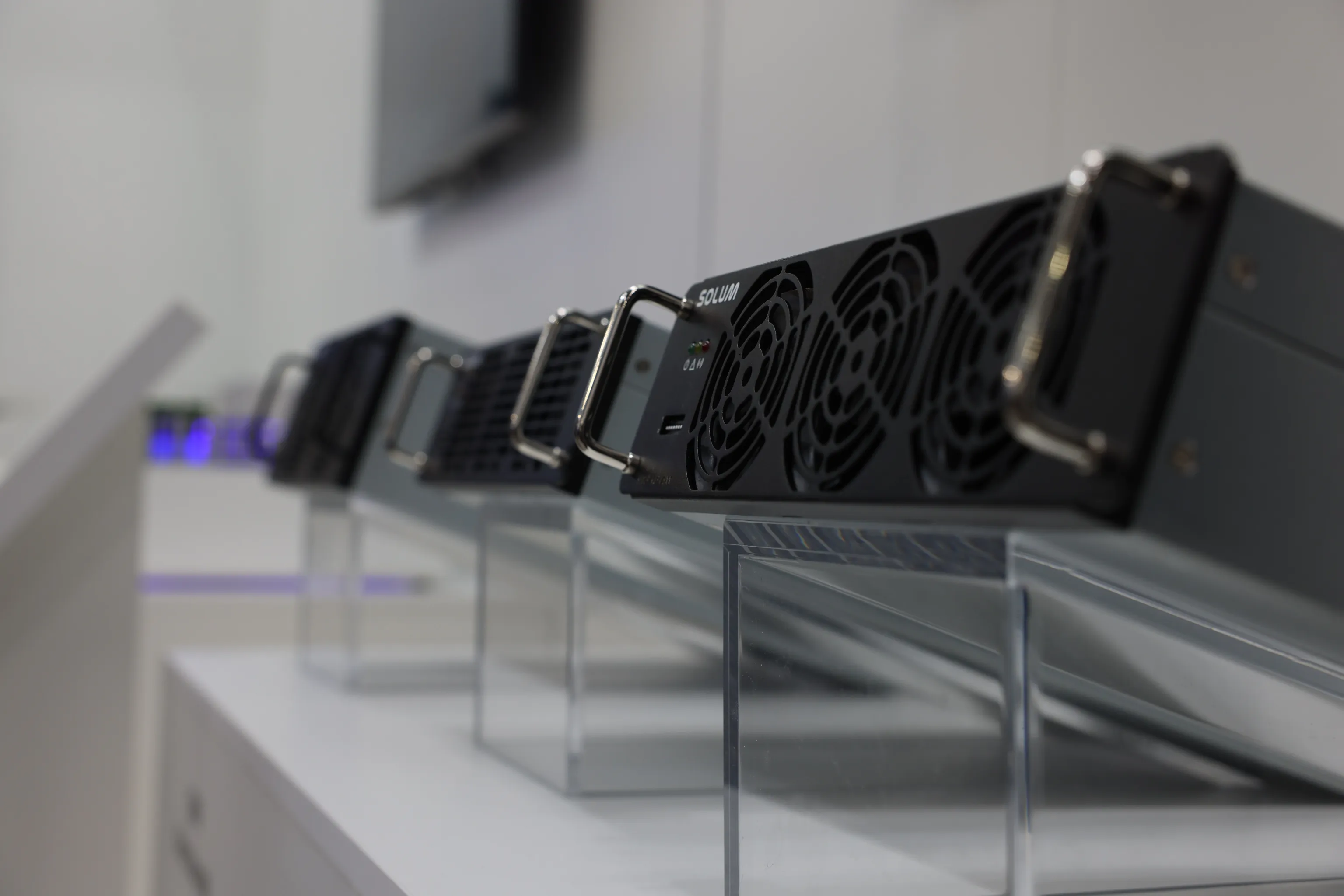What are the Advantages of Switching to a Wireless Charger?
Have you ever thought about switching to a wireless charger? You’re not the only one.
Wireless chargers have been getting more and more popular in recent years. Without a cable, wireless charging seems to provide a lot of opportunities for individuals. If you’re a busy student, a professional who’s always on the go, or someone who would like more efficiency and less clutter, a wireless charger seems like the perfect answer.
So now, the question is: should you switch to wireless chargers?
What is a wireless charger?
A wireless charger is a device that charges a compatible electronic mobile device without the need for a physical cable connection from the charger to the phone. Wireless chargers can be used to charge devices such as smartphones, smartwatches, and even earpod cases. Instead of using a traditional charging cable that plugs into the device, wireless charging relies on electromagnetic fields to transfer energy between a charging pad or dock and the device.
Wireless charging technology typically involves two main components: a transmitter (which is in the charging pad or dock) and a receiver (built into the electronic device). The transmitter generates an electromagnetic field, and when the receiver in the device comes into proximity to the transmitter, it converts the energy from the electromagnetic field back into electrical energy to charge the device's battery.
The most widely adopted standard for wireless charging is Qi (pronounced "chee"), which is supported by many smartphone manufacturers. Qi-compatible devices can be charged on any Qi-certified charging pad or dock, regardless of the brand.
Wireless charging offers a lot of convenience for many individuals. It eliminates the need for physical connectors, and users can simply place their devices on a compatible charging surface to initiate the charging process.
Types of wireless chargers
There are several types of wireless chargers, each with its characteristics and applications. These can be used by certain devices, found in certain areas, and more.
Here are some common types of wireless chargers:
- Qi Wireless Chargers: Qi is the most widely adopted standard for wireless charging. It is an open-interface standard developed by the Wireless Power Consortium (WPC). Qi chargers use electromagnetic fields to transfer power between a charging pad or dock and a Qi-compatible device. Many smartphones, smartwatches, and other devices support Qi wireless charging.
- PMA (Power Matters Alliance) Wireless Chargers: PMA is another wireless charging standard, but it is less common than Qi. Some devices may support PMA charging, but it hasn't achieved the same level of widespread adoption as Qi.
- MagSafe Wireless Chargers: MagSafe is a proprietary magnetic wireless charging system developed by Apple for its iPhones and other Apple devices. It uses magnets to align the charging coil on the device with the charger, ensuring efficient charging. MagSafe chargers can also support additional accessories like magnetic cases and wallets.
- Fast Wireless Chargers: These chargers are designed to deliver higher power levels, allowing for faster charging of compatible devices. They often use technologies like Qualcomm Quick Charge or similar fast-charging standards.
- Multi-device Wireless Chargers: Some wireless chargers are designed to charge multiple devices simultaneously. These chargers have multiple charging pads or coils to accommodate devices like smartphones, smartwatches, and wireless earbuds.
- Car Wireless Chargers: These chargers are designed to be used in vehicles and may include features like adjustable mounts to hold and charge smartphones while driving.
- Furniture with Built-in Wireless Charging: Some furniture items, like tables and desks, come with built-in wireless charging pads. Users can simply place their Qi-compatible devices on the furniture surface to charge them.
- Wireless Charging Power Banks: Power banks with wireless charging capabilities allow users to charge their devices on the go without needing a cable. These power banks often have both wired and wireless charging options.
- Warmer-Charger Duo - 2-in-1 wireless chargers function more than just a wireless charger. An example would be the Smart Warmer by the SOLUM Group, which acts as both a mug warmer and a wireless charger. It has wide compatibility with a lot of devices, fast-charging capability, as well as an RX Heating System to keep hot beverages warm while working.
How do wireless chargers work?
To understand how wireless chargers work, first, people need to know that there are two kinds of wireless charging. These are inductive charging and resonant charging.
In inductive charging, physical contact between the device and the charging dock or pad is necessary. A transmitter coil in the charging base will send out a signal, which will be received by the receiver coil in the mobile device. Once connected, electromagnetic induction begins. The oscillating magnetic field generated by the transmitter induces an electric current in the receiver coil of the device, which will then turn into electrical energy and will then charge the device’s battery.
Meanwhile, in resonant charging, the device and the charging pad only need to be within a specific proximity. This means that the transmitter and receiver coils only need to be close to each other, not physically connected. Once the charging coils are in proximity, the rest of the charging process is the same as inductive charging.
Advantages of using a wireless charger
Using a wireless charger offers several advantages, contributing to the convenience and flexibility of charging electronic devices. Many people might think that using a wireless charger doesn’t represent a significant change. However, for the right kind of people, it can be the ultimate change that they need.
Here are some key benefits of switching to a wireless charger:
Ultimate Convenience
One of the primary advantages of wireless charging is the convenience it provides. Users can simply place their compatible devices on a wireless charging pad or dock, without the need for plugging and unplugging cables. This ease of use is especially valuable in scenarios where quick and hassle-free charging is desired. This is also good for people with mobility issues, who usually have stiff joints and strength difficulties.
Reduced Wear and Tear on Charging Ports
Since wireless charging eliminates the need for physical connectors, it reduces wear and tear on the charging ports of mobile devices. Traditional charging methods with cables can lead to connector degradation over time due to repeated plugging and unplugging. Connector degradation means damaged ports, which will lead to inconsistent battery charging and will lead to a phone's degradation over time.
Versatility and Compatibility
Wireless chargers, especially those that adhere to widely adopted standards like Qi, offer compatibility with a variety of devices from different manufacturers and brands. This versatility makes it possible to use the same charger for multiple devices, provided they support the same wireless charging standard.
No Need for Multiple Cables
And since wireless charging means wide versatility and compatibility, users with wireless chargers don't need to carry multiple charging cables for different devices anymore. As long as the devices are compatible with the same wireless charging standard, they can share a single charging pad or dock. This saves time and storage for a lot of people, especially those who are always traveling.
Clean and Clutter-Free
Wireless chargers also contribute to a cleaner and less cluttered charging space, as there are no cables to manage. This can be particularly beneficial in environments where cable management or limited space are concerned. This includes a study desk, bedside table, office desk, cubicle or workstation, a small bedroom apartment, and more.
Innovative Designs and Household Integration
Wireless charging technology allows for innovative design choices in both chargers and devices. For example, furniture, lamps, and other household accessories can incorporate built-in wireless charging pads. These will add functionality without sacrificing aesthetics. These will add to the overall value of an item, further attracting customers and supporters.
Fast Charging Options
Fast wireless charging options are also available from some brands. This will allow the users to charge their devices more quickly compared to standard charging methods. This is particularly useful when a quick battery top-up is needed for various cases like traveling, meetings, classes, events, and more.
Compatibility with Other Accessories
Some wireless chargers, such as MagSafe for Apple devices, support additional accessories like magnetic cases and wallets. These accessories can attach to the charging pad magnetically, adding extra functionality beyond just charging. This is ultimately beneficial for those who want to save space and money, and for those who want to create a seamless ecosystem.
Style and Aesthetic
Wireless chargers also contribute to the overall style and aesthetics of a household. For people who want to keep their place modern and dynamic, a wireless charger is an ideal solution. With various looks and styles, a wireless charger can fit into any home and provide beauty instead of clutter or chaos.
Sustainability and Environmental Impact
Wireless charging is also known to have a better environmental impact than traditional charging, especially when it comes to e-waste or electronic waste. Unused and discarded chargers add up to about 11,000 metric tons of e-waste in Europe annually, which is why European Union lawmakers are looking for ways to combat this problem. Using a wireless charger might help individuals and regular consumers be more sustainable when it comes to their chargers.
Things to consider before using a wireless charger
If wireless chargers fit into your lifestyle, then go ahead and make the switch. However, before buying or using a wireless charger, it's important to consider several factors. This is to ensure compatibility, efficiency, and safe charging for every mobile device in your household.
Here are some things to keep in mind:
- Device Compatibility: Ensure that your device is compatible with the specific wireless charging standard supported by the charger. The most common standard is Qi, but some devices may use proprietary standards like MagSafe for Apple devices.
- Charging Speed: Check the charging speed supported by both your device and the wireless charger. Some chargers offer fast wireless charging capabilities, but your device must also support this feature to take advantage of higher charging speeds.
- Alignment and Placement: Proper alignment is crucial for efficient charging. Make sure you know how to place your device on the charging pad or dock in a way that aligns the transmitter and receiver coils. Some chargers already include alignment features like magnets to assist with this.
- Case Compatibility: If you use a protective case for your device, you also need to ensure that it is compatible with wireless charging. Some thick or metal cases may interfere with the charging process. This means you might need to remove the protective case before the device can charge successfully.
- Power Source: Wireless chargers need to be connected to a power source. Ensure that you have access to a compatible power outlet or USB power source. Some wireless chargers also support charging through USB ports on computers or other devices.
- Charging Cable: Although the device itself doesn't need a cable, the wireless charger requires a cable to connect to a power source. Ensure that the charging pad comes with the necessary cable and, if needed, an appropriate power adapter.
- Charging Pad Quality: Consider the quality of the wireless charger. Qi-certified chargers have met certain standards for performance and safety. Choosing a reputable brand and checking for certification can help ensure a reliable and safe charging experience every time.
- Overheating and Safety Features: Some wireless chargers include safety features such as temperature control to prevent overheating during charging. Check for these features, especially if you plan to use the charger frequently and for extended periods.
- Foreign Object Detection: Modern wireless chargers often include foreign object detection, which can prevent charging if there are foreign objects (like keys or coins) on the charging pad. This feature helps prevent damage to both the charger and your device.
- Multi-Device Compatibility: You can also try to check if the wireless charger supports charging multiple devices simultaneously. Some chargers have multiple charging pads or coils for this purpose. This can be a significant advantage for large households or people with multiple devices with wireless charging capabilities.
At the end of the day, wireless charging is a convenient and modern way of charging mobile devices. Take these things into consideration and remember the advantages a wireless charger can bring to your life.
For a fun and efficient way of cable-free charging and beverage warming, talk to SOLUM experts and learn about the SOLUM Smart Warmer!











